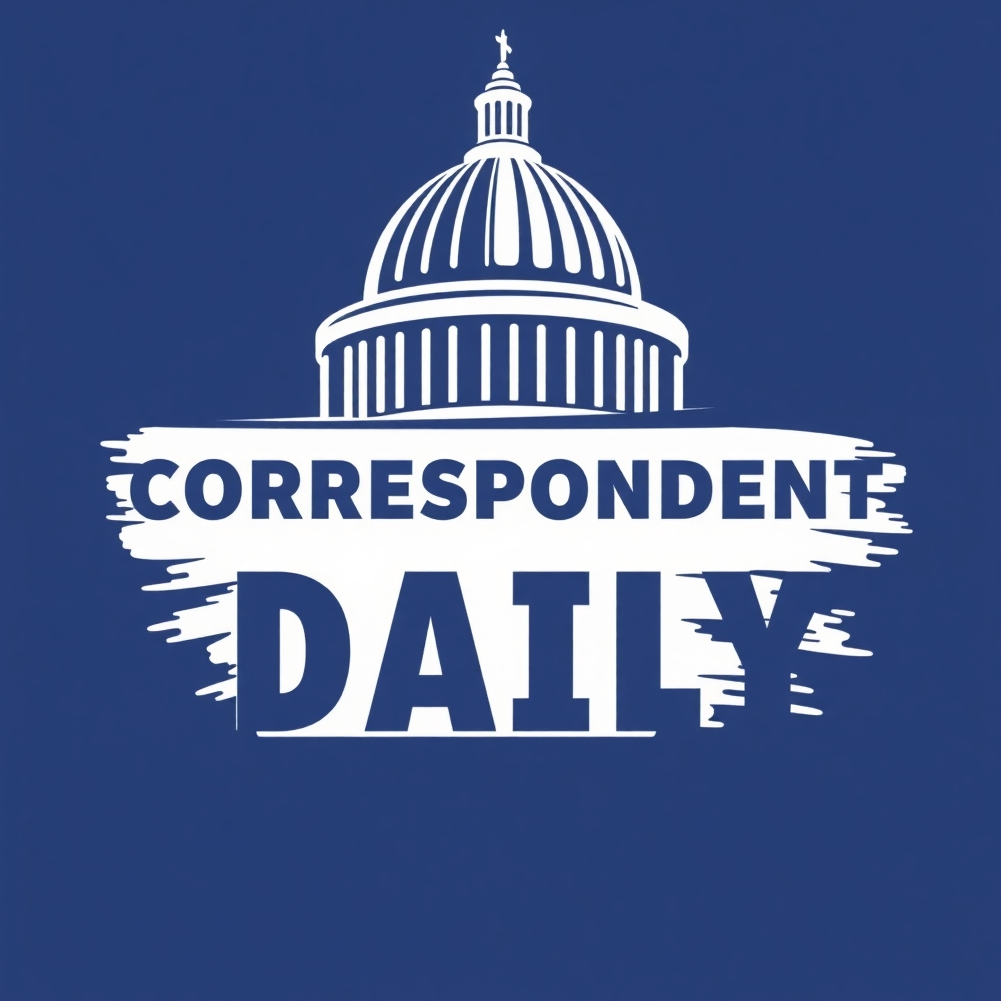
The Breakthrough in Understanding the Limits of Addition
In a remarkable achievement that intertwines the realms of mathematics and philosophical inquiry, graduate student Benjamin Bedert from the University of Oxford has shed light on a problem that has perplexed mathematicians for over six decades. The essence of this breakthrough lies in the study of sum-free sets—collections of numbers where no two elements add up to another within the set—a concept that connects deeply to the fundamental principles of addition itself.
The Mystery of Addition
At its core, addition is a simple operation we encounter from the earliest stages of learning mathematics. Yet beneath the surface simplicity, it unveils layers of complexity that challenge the limits of mathematical inquiry. “This is one of the most basic things you can do,” explained Bedert, echoing a sentiment shared by many in the field. Despite its foundational nature, the scope of what addition can reveal—or obscure—remains a topic of intrigue and exploration.
Historical Context: Erdős and the Quest for Understanding
The exploration of sum-free sets traces its roots back to the mid-twentieth century when mathematician Paul Erdős posed a question about their prevalence. His inquiry pushed boundaries: how many integers must be present in a set to guarantee the existence of a sufficiently large sum-free subset? Erdős controversially conjectured that for any given set of integers, there exists a sum-free subset of at least one-third of its size. His insights laid the groundwork for future exploration, compelling mathematicians to probe deeper into the nature of these enigmatic sets.
Bedert's Innovative Approach: Combining Techniques for New Insights
In his groundbreaking proof, Bedert astutely combined techniques from various mathematical disciplines to elucidate the structure inherent in sum-free sets. His findings, published recently, demonstrate that any set of integers indeed harbors a significant subset that remains sum-free, expanding our comprehension not only of addition but also of broader mathematical relationships. This victory signifies a leap forward, addressing Erdős's questions while opening new avenues for exploration across mathematical landscapes.
Future Implications: What Does This Mean for Mathematics?
Bedert’s achievements resonate beyond numbers; they evoke both curiosity and speculation regarding future mathematical explorations. With tools honed in this proof, researchers may better unravel complex relationships within not just number theory but potentially in areas like cryptography, computational theory, and artificial intelligence, where understanding how entities interact through addition can yield transformative insights.
The Connection to Today's Tech Landscape
As we delve into the implications of these new mathematical discoveries, it is essential to understand their intersection with technology. Concepts derived from such mathematical inquiries have far-reaching applications in the technological sector, especially in fields such as artificial intelligence. For example, understanding hidden patterns can enhance algorithms that power modern AI applications, optimize processes in robotics innovations, and even inform cybersecurity strategies.
Conclusion: The Value of Embracing Mathematical Curiosity
The advancements made by students like Bedert underscore the importance of nurturing mathematical inquiry and curiosity among the next generation. As technology continues to evolve, the underlying principles of mathematics remain steadfast in their contribution to innovation and understanding. Encouraging a passion for these domains not only enriches academic disciplines but also empowers future thinkers to explore the unknown relentlessly.
In navigating the intricate connections between mathematics, technology, and our digital future, it is crucial to remain informed about the latest developments—from breakthroughs in addition to cutting-edge innovations in fields like artificial intelligence to the newest gadgets in 2025. Exploring these realms leads to informed discussions and illuminates paths for progress as we advance into an era defined by rapid technological evolution and discovery.
 Add Row
Add Row  Add
Add 




Write A Comment